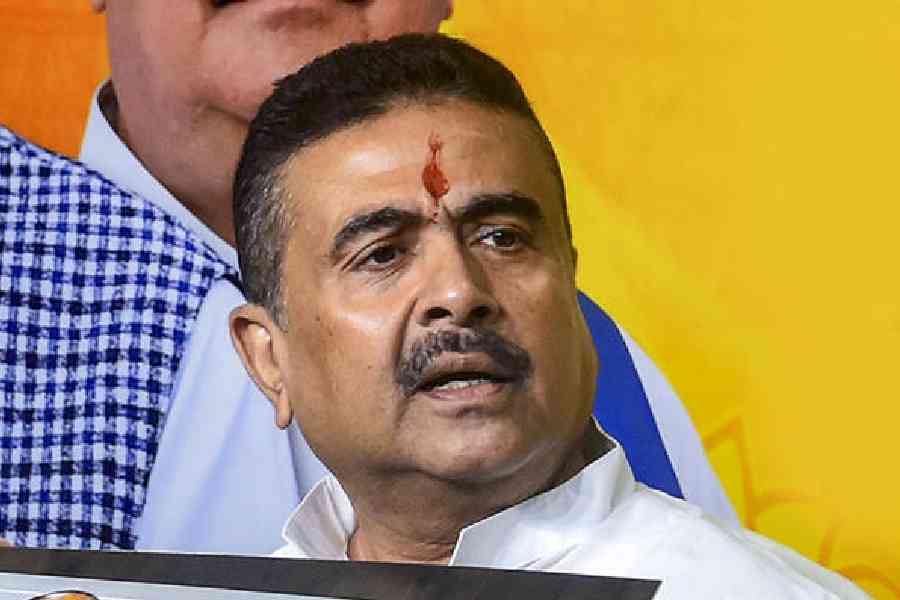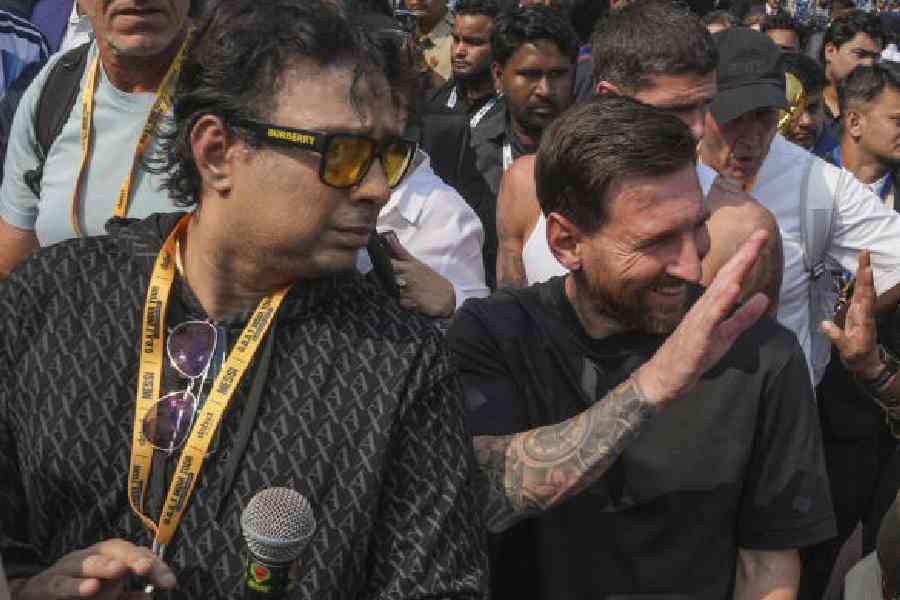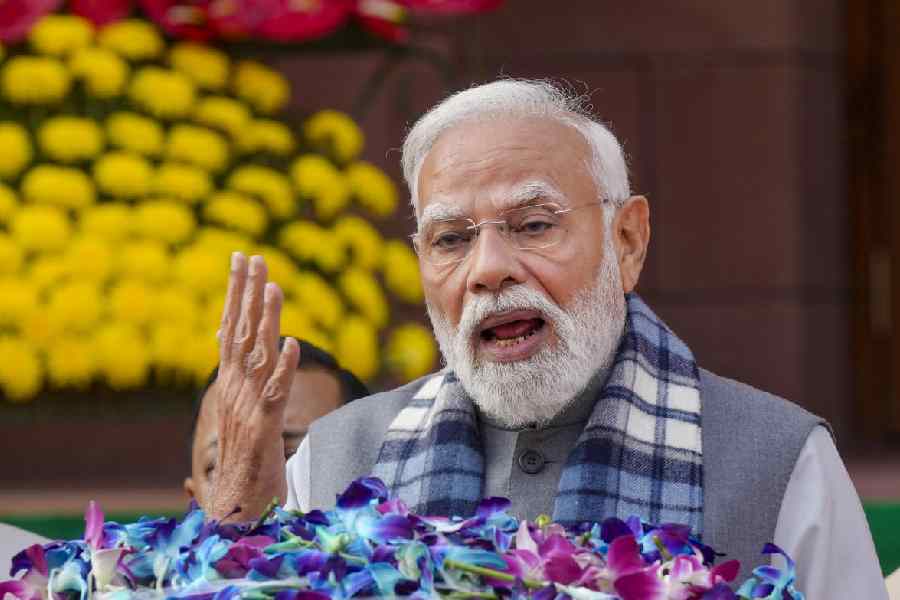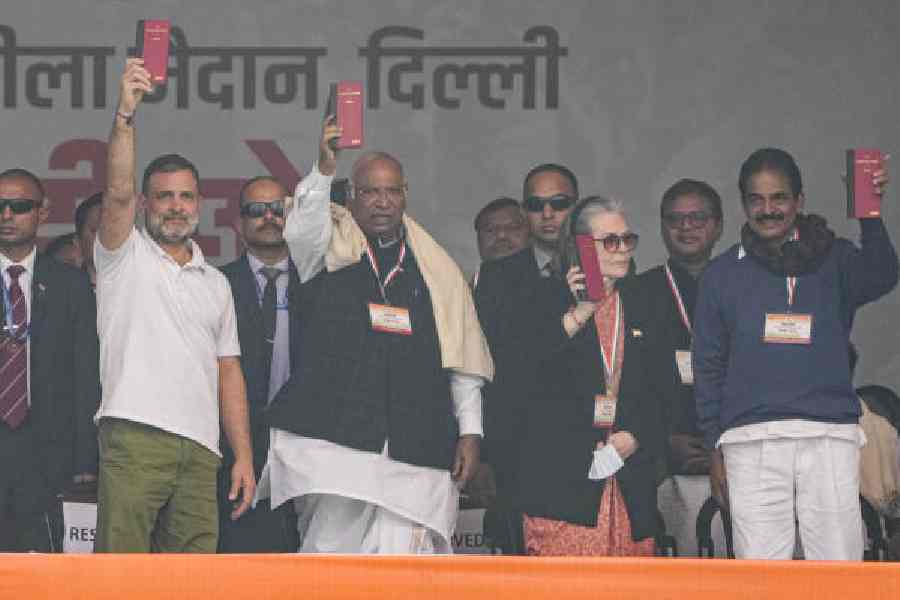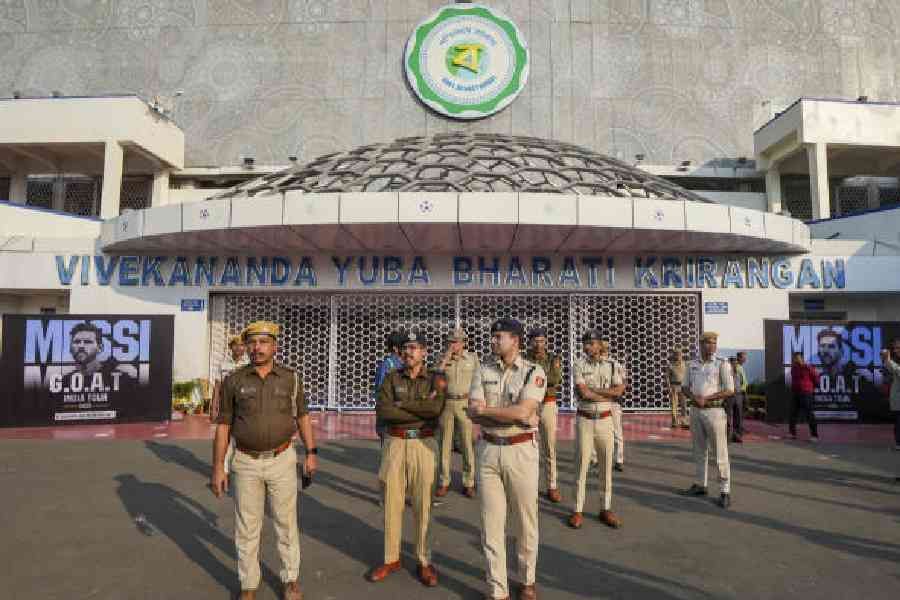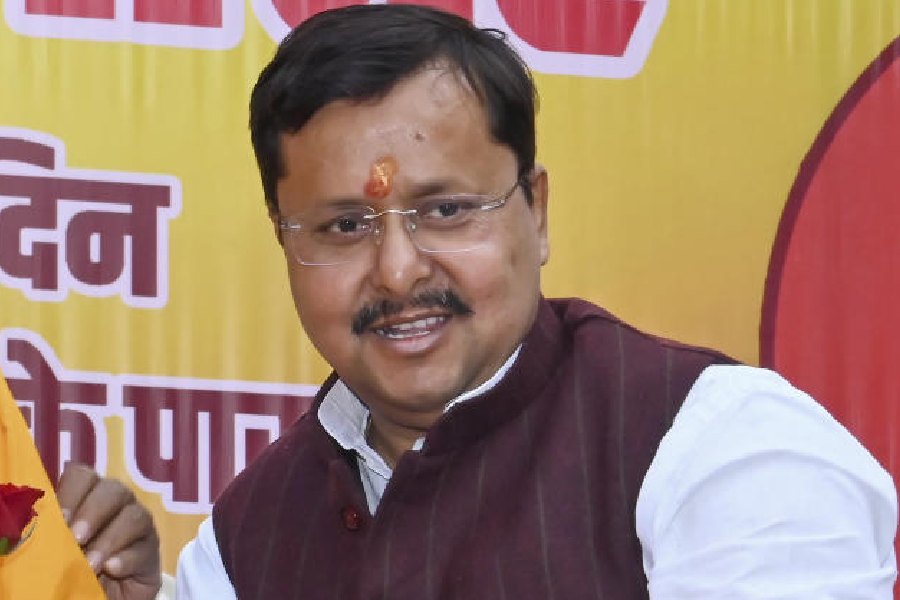OpenAI’s GPT-4o image generator is barely a week old, and it’s already overwhelmed with work. It's churning out dreamy Studio Ghibli portraits and other hyper-realistic landscapes. Unfortunately, it can also rustle up something far more startling: fake government IDs such as PAN and AADHAAR.
Social media platforms are now flooded with images of fake Aadhaar cards, generated using the AI platform, featuring real people’s names and numbers.
Some users even shared doctored identification cards of OpenAI CEO Sam Altman and Tesla’s Elon Musk, complete with Aadhaar-style QR codes.
In an independent test, The Telegraph Online attempted to create an Aadhaar card-like image using ChatGPT’s generator. The results were unnervingly close to the real document, minus facial inconsistencies, which indicate minor barriers to perfection.
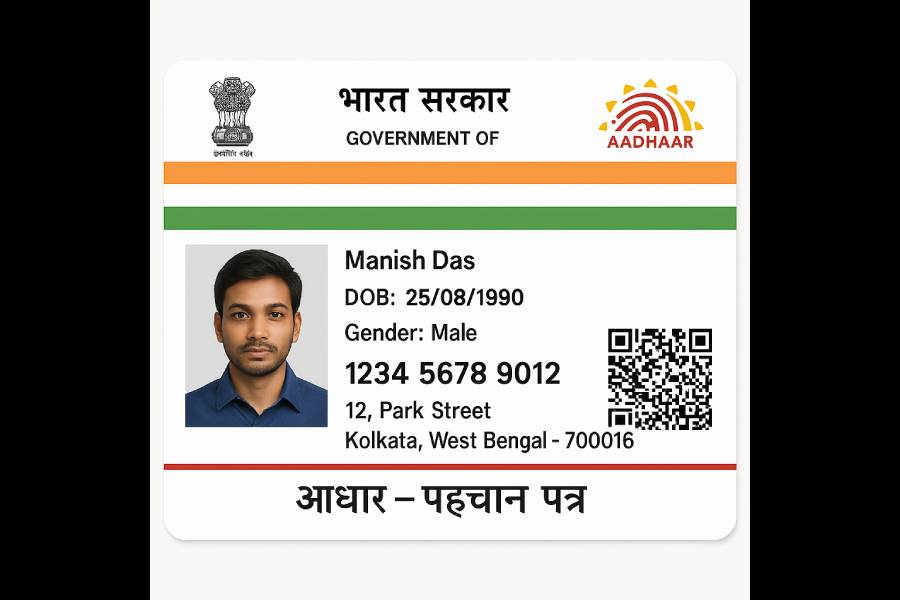
Some users, however, managed to refine their creations to the point of near-authenticity.
Beyond Aadhaar, images of fake PAN cards have also surfaced. A post on X read: "Bro… ChatGPT just generated a fake PAN card in seconds. Imagine if this tech gets into the wrong hands. Aadhaar, PAN, IDs, everything can be replicated. This is cool and terrifying. We’re not ready."
In its GPT-4o Native Image Generation System Card, OpenAI acknowledged that its new model introduces risks surpassing those of its previous diffusion-based models like DALL-E.
The report states: “These capabilities, alone and in new combinations, have the potential to create risks across a number of areas, in ways that previous models could not.”
While OpenAI has implemented safeguards such as metadata tagging and restrictions on generating explicit, violent, or child-related images, the company has not explicitly addressed the Aadhaar/PAN controversy.
A spokesperson, Taya Christianson, told TechCrunch that OpenAI provides “creative freedom” while monitoring misuse, yet no concrete action has been taken against fake ID generation.
The Unique Identification Authority of India (UIDAI), responsible for Aadhaar, has yet to issue an official statement on ChatGPT’s role in creating fake Aadhaar cards.
However, UIDAI has long maintained that Aadhaar’s security relies on biometric verification, fingerprints and iris scans, which cannot be forged using AI-generated images.
UIDAI’s “Verify Aadhaar” service allows users to check an Aadhaar number’s validity, potentially mitigating fraud.
But with generative AI making forgery easier than ever, some argue that UIDAI must step up its vigilance against AI-generated fakes.
The Ministry of Electronics and Information Technology (MeitY) has not commented on the matter till now, despite growing public concern.
Users on X have tagged MeitY officials, urging action, but no policy update has surfaced.
However, given India’s history of cracking down on Aadhaar misuse, a response may be imminent.
In 2022, the Delhi high court directed UIDAI to assist in investigating fake Aadhaar cases. With fake IDs now emerging through AI, regulatory intervention may be the next logical step.
The debate over AI-generated content is not new, but the ability to forge government-issued IDs adds an alarming dimension.
While OpenAI enforces certain safeguards, it remains to be seen whether regulatory bodies, both in India and globally, will introduce specific laws to curb AI-assisted fraud.
For now, the best defence against such misuse remains public awareness and verification tools. But as AI continues to evolve, one question lingers: How long before the gap between real and fake becomes indistinguishable?


